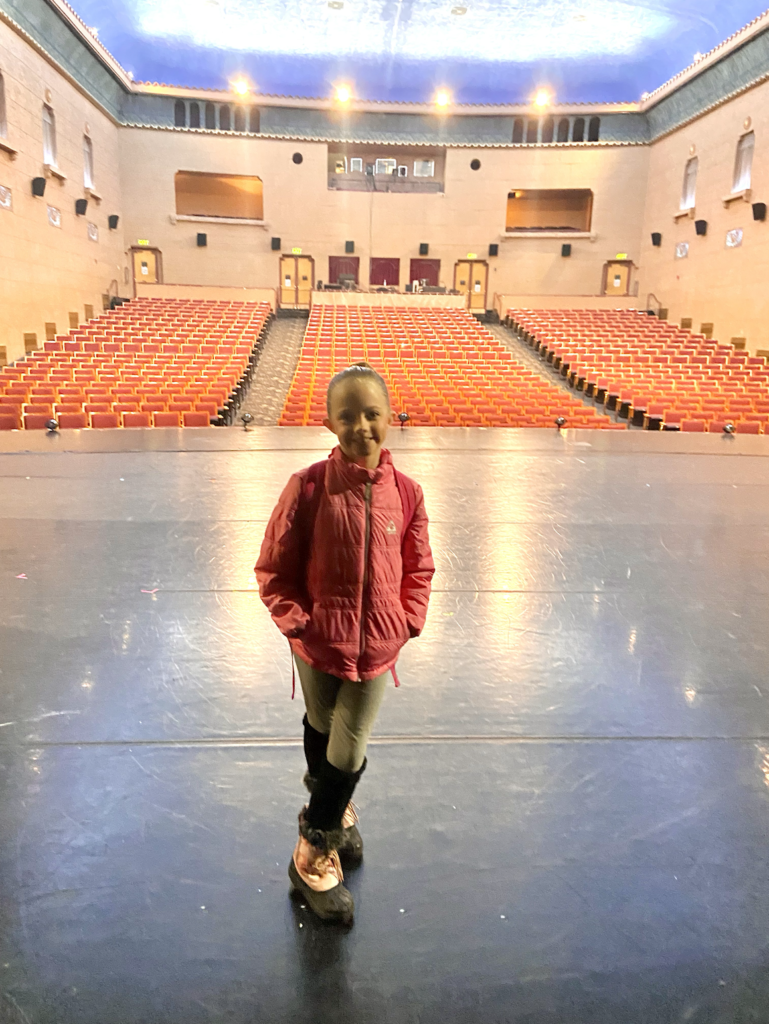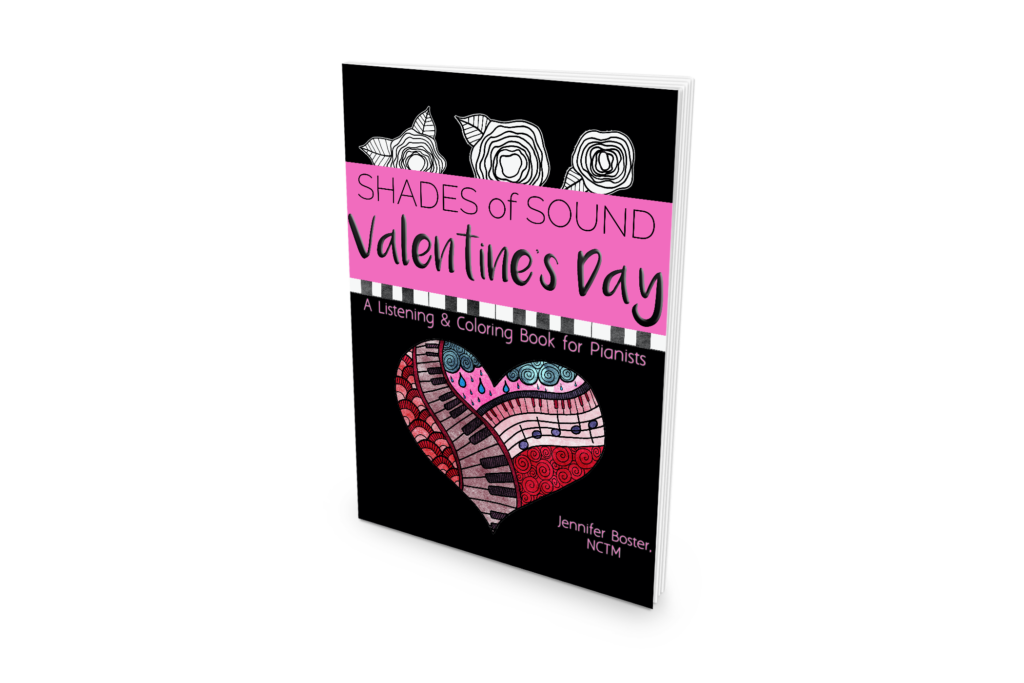
Teaching Beginning Theory
Ah, music theory…most of us are music nerds and we love it! We get excited about things like secondary dominants and diminished seventh chords. But why do so many of our students hate it? I suppose it is because it feels like the boring “work” part of music. But to not teach theory to our beginning students would be like a kindergarten teacher teaching her students to read the letters in the alphabet, without teaching them to write them. I would like to talk briefly about several ways in which theory can be taught so that it becomes an integral part of each student’s study, and not a separate activity, hated and often “forgotten.”
Theory Worksheets
Okay, so these are important. If you have your students using a method, there are theory pages each week that support the concepts in the lesson book. Have your students get in the habit of doing these from the very beginning. Review them in the lesson, and talk about how they apply to the piece they learned. These pages don’t take long, and if you don’t act like they’re boring, young students will usually do them quite enthusiastically.
Theory Games
This is like the fun version of theory worksheets, and it’s worth taking 5 minutes in the lesson to have some fun with theory. A group class is another great opportunity for theory games. I’m not going to try to give examples, because there are so many more creative teachers than I, and great resources on the internet.
Theory Lab
Many teachers incorporate some kind of computer lab into their music studio. This lab can include fun theory computer games as well as ear training tapes, CDs, and videos that can all reinforce theory concepts.
Technique
Here’s a place where we don’t always think about applying theory, but most technique exercises are theory-based. Five finger scales teach the theory concepts of whole steps, half steps, major and minor scales and chords, and key signatures. Other technique exercises teach intervals, major and minor chords, primary triads, inversions, etc. Talk about these concepts when you teach the exercises, and often later on as well. Students won’t remember or understand everything at first, but the more you talk about it, the more it will begin to make sense, and what they are doing in their written work will have a tactile and visual application.
Applied Theory
Speaking of application, if theory is ever to have any real impact on a student’s piano study, it must be constantly and thoroughly applied to the music they are playing! For instance, the most basic theory concepts a beginning student must learn are note names, intervals, and rhythm (note values). It goes without saying that you won’t just send a student home with a worksheet on these concepts, and never talk about them in the lesson. You will be constantly asking, “how many counts does this note get?” or “what is the interval between these two notes?” So from the very beginning of a piano student’s study, you are helping them apply the theory to the music. As soon as chords are introduced into the students’ pieces, you can talk about how triads are the basis of our harmonic system. Soon enough you will be able to use terms like “V7 chord,” “dissonance,” and “leading tone.” I used to be afraid to use words I thought a beginning student might not understand, until I realized that they won’t ever learn them unless I use them! And every concept must be taught again and again for them to really learn it. Even very young students can hear dissonance and resolution, so give them the words to describe it. The more you talk about how and why music works the way it does, the faster their skills in reading, memorizing, and interpreting music will develop. And they’ll enjoy it more along the way.


 Previous Post
Previous Post


















I would actually love to get some theory game ideas. If you don't have any favorites, what are the Internet resources you mentioned?